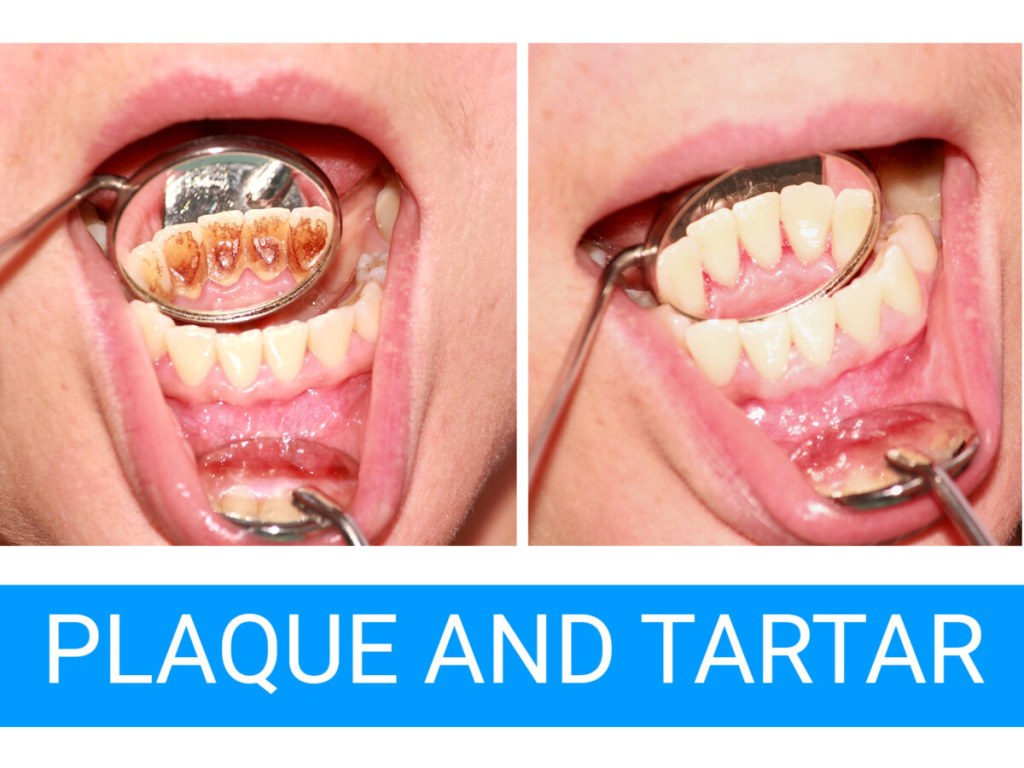What Is The White Stuff Dentists Put On Your Teeth? Unveiling The Secrets Of Dental Coatings For A Brighter Smile!
What is the white stuff dentists put on your teeth?
Introduction
Hello, Smart Peoples! Have you ever wondered what that white stuff dentists put on your teeth during a dental procedure? In this article, we will delve into the world of dentistry and explore the purpose and benefits of the white substance dentists use to improve your oral health. So, let’s dive in and discover the secrets behind this commonly used dental material.
2 Picture Gallery: What Is The White Stuff Dentists Put On Your Teeth? Unveiling The Secrets Of Dental Coatings For A Brighter Smile!


What is it?
The white substance that dentists apply to your teeth is called dental composite or tooth-colored filling material. It is a combination of resin and filler particles that mimic the natural color and appearance of your teeth. This material is commonly used for various dental procedures, such as filling cavities, repairing chipped or broken teeth, and even improving the aesthetics of your smile.
Who uses it?

Image Source: googleusercontent.com
Dentists and dental professionals are the ones who use dental composite to treat various dental issues. They are trained in the proper application and handling of this material to ensure optimal results. Whether you visit a general dentist for routine check-ups or a cosmetic dentist for smile makeovers, you can expect to encounter this white substance during your dental visits.
When is it used?
Dental composite is used in a wide range of dental procedures. It is commonly employed for filling cavities, as it effectively restores the structure and function of the affected tooth. Additionally, dental composite can be used to repair chips, fractures, and gaps in your teeth, providing a natural-looking and long-lasting solution. Furthermore, it is often used in cosmetic dentistry to reshape and enhance the appearance of your smile.
Where is it applied?

Image Source: sterlingsmilesazle.com
Dentists apply dental composite directly to your teeth. They carefully mold and shape the material to match the contours of your tooth, ensuring a seamless and natural-looking result. The application process involves etching the tooth surface, applying an adhesive, and layering the composite material. Finally, the dentist uses a special light to harden and bond the composite to your tooth, creating a strong and durable restoration.
Why is it used?
The use of dental composite offers several advantages. Firstly, its tooth-colored appearance makes it highly aesthetic, allowing for natural-looking restorations that blend seamlessly with your teeth. Additionally, dental composite bonds well with your tooth structure, providing strength and support. It is also a versatile material that can be easily shaped and polished, enabling dentists to achieve precise and customized results. Moreover, dental composite is mercury-free, making it a safe and popular choice for dental treatments.
How is it applied?
The application process of dental composite involves several steps. Firstly, the dentist prepares the tooth by removing any decay or damaged structure. Then, the tooth surface is etched and conditioned to create a rough surface for better adhesion. Next, an adhesive is applied, which helps bond the composite material to the tooth. The dentist then carefully places and sculpts the composite, ensuring it matches the shape and color of your tooth. Finally, a curing light is used to harden the composite, and any necessary adjustments are made before polishing the restoration to achieve a smooth and natural finish.
Advantages and Disadvantages
Advantages:
Provides natural-looking restorations
Bonds well with tooth structure
Customizable and versatile
Mercury-free and safe
Durable and long-lasting
Disadvantages:
Potential for staining over time
May require replacement after several years
Can be more expensive than other materials
Requires skillful application by a trained dentist
Not suitable for large restorations or extensive damage
FAQs (Frequently Asked Questions)
Q: Is dental composite the same as dental amalgam?
A: No, dental composite is a tooth-colored material, while dental amalgam is a silver-colored material containing mercury.
Q: Can dental composite be used on children’s teeth?
A: Yes, dental composite is safe for use on children’s teeth and is often used for pediatric dental treatments.
Q: How long does a dental composite restoration last?
A: With proper care and regular dental check-ups, dental composite restorations can last for several years.
Q: Does dental composite require any special maintenance?
A: Dental composite restorations should be cared for like natural teeth, including regular brushing, flossing, and dental visits.
Q: Can dental composite be used for front teeth restorations?
A: Yes, dental composite is commonly used for front teeth restorations due to its aesthetic properties and ability to blend with natural tooth color.
Conclusion
Now that you have gained a deeper understanding of what the white stuff dentists put on your teeth is, you can appreciate the benefits and significance of dental composite. Whether you require a simple filling or a smile makeover, dental composite can help restore and enhance your oral health. Remember to consult with a qualified dentist to determine the most suitable treatment options for your specific needs. Take care of your teeth, and enjoy a healthy and beautiful smile!
Final Remarks
Disclaimer: The information provided in this article is for educational purposes only and should not substitute professional dental advice. Consult with a licensed dentist for personalized recommendations and treatment options.
This post topic: Stuff


